Essential Photography Skills to Learn - A Comprehensive Guide for Beginners
Master the essential photography skills for beginners. Learn about exposure, aperture, shutter speed, ISO, composition techniques like the rule of thirds, leading lines, symmetry, and framing. Understand the significance of lighting and post-processing techniques. Develop a strong foundation in photography to capture compelling images.
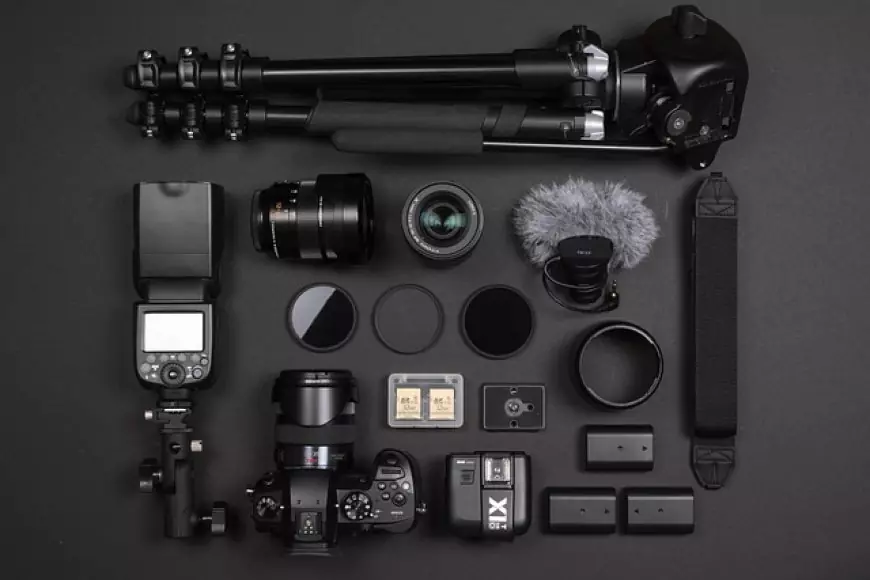
Discover the art of automotive expression with Stance Auto Magazine. "Unleash your passion for unique builds, performance upgrades, and the vibrant car culture. Stay updated with the latest news, in-depth features, and expert insights. Join our community of like-minded enthusiasts and elevate your automotive experience. Explore Stance Auto Magazine today!"
All Photographs are supplied and owned by the Photographer named, our Photographers can be found HERE!
Order Your Printed Magazine Here!!
What are the Essential Photography Skills to Learn?
For beginner photographers, there are several fundamental skills that form the building blocks of a strong photographic foundation. These skills encompass technical aspects, artistic composition, and post-processing techniques. By focusing on these essential skills, you can enhance your ability to capture compelling and visually striking images.
Exposure:
Understanding exposure is crucial for achieving well-balanced and properly lit photographs. Exposure refers to the amount of light that reaches the camera's sensor and determines the brightness and darkness of an image. The three components of exposure are aperture, shutter speed, and ISO.
Aperture:
Aperture controls the size of the lens opening, which affects the depth of field (the range of sharpness in an image). A wide aperture (small f-number) creates a shallow depth of field, ideal for isolating subjects, while a narrow aperture (large f-number) increases the depth of field, suitable for capturing landscapes or group shots.
Shutter Speed:
Shutter speed determines the length of time the camera's shutter remains open. It affects the motion blur in an image. A faster shutter speed freezes action, while a slower shutter speed allows for motion blur, conveying a sense of movement.

ISO:
ISO measures the sensitivity of the camera's sensor to light. A lower ISO (e.g., 100) produces cleaner images with less noise but requires more light. In low-light situations, increasing the ISO (e.g., 800 or higher) allows for capturing brighter images, but it may introduce noise or grain.
Composition:
Composition refers to the arrangement and placement of visual elements within a frame. It plays a vital role in creating visually pleasing and engaging photographs.
Rule of Thirds:
The rule of thirds involves dividing the frame into a grid of nine equal parts by two horizontal and two vertical lines. Placing key elements along these lines or their intersections can create a sense of balance and visual interest.
Leading Lines:
Utilizing leading lines, such as roads, fences, or pathways, guides the viewer's eye and adds depth and dimension to an image.
Symmetry:
Symmetry is aesthetically pleasing and can create a sense of harmony. Identifying and framing symmetrical elements in a scene can result in striking compositions.
Framing:
Using natural or man-made elements to frame your subject draws attention to the main point of interest and adds depth to the image.
Lighting:
Understanding and utilizing light effectively is essential for creating impactful photographs.
Natural Light:
Paying attention to the quality, direction, and intensity of natural light can significantly enhance your images. Golden hour (shortly after sunrise or before sunset) often provides warm and soft light, while harsh midday sunlight can create strong shadows and high contrast.
Artificial Light:
Experimenting with artificial lighting, such as off-camera flash or continuous lighting, allows for greater control over the lighting conditions and enables creative effects.
Post-processing:
Post-processing refers to the editing and enhancement of photographs using software like Adobe Lightroom or Photoshop.
Basic Adjustments:
Learning how to adjust exposure, contrast, color balance, and sharpness can significantly improve the overall look of your images.
Creative Editing:
Exploring advanced techniques like selective adjustments, black-and-white conversions, or adding creative filters can help you develop a unique editing style and bring your artistic vision to life.
Developing these essential photography skills will allow you to capture technically sound and visually captivating images. Remember, practice is key, so dedicate time to experiment, learn from your results, and continue honing your skills. As you progress, you'll gain confidence and a deeper understanding of the art of photography.
Read The Next Article HERE
Have your say, and leave a COMMENT BELOW, it helps the story get more views and reach the Printed Magazine, Thank you.
All of our Magazines can be found on Amazon, they Print and Deliver worldwide, Stance Auto can not be held responsible for the final print, and all complaints and returns must be directed to Amazon.
UKTM no: UK00003572459
 Like
0
Like
0
 Dislike
0
Dislike
0
 Love
0
Love
0
 Funny
0
Funny
0
 Angry
0
Angry
0
 Sad
0
Sad
0
 Wow
0
Wow
0


































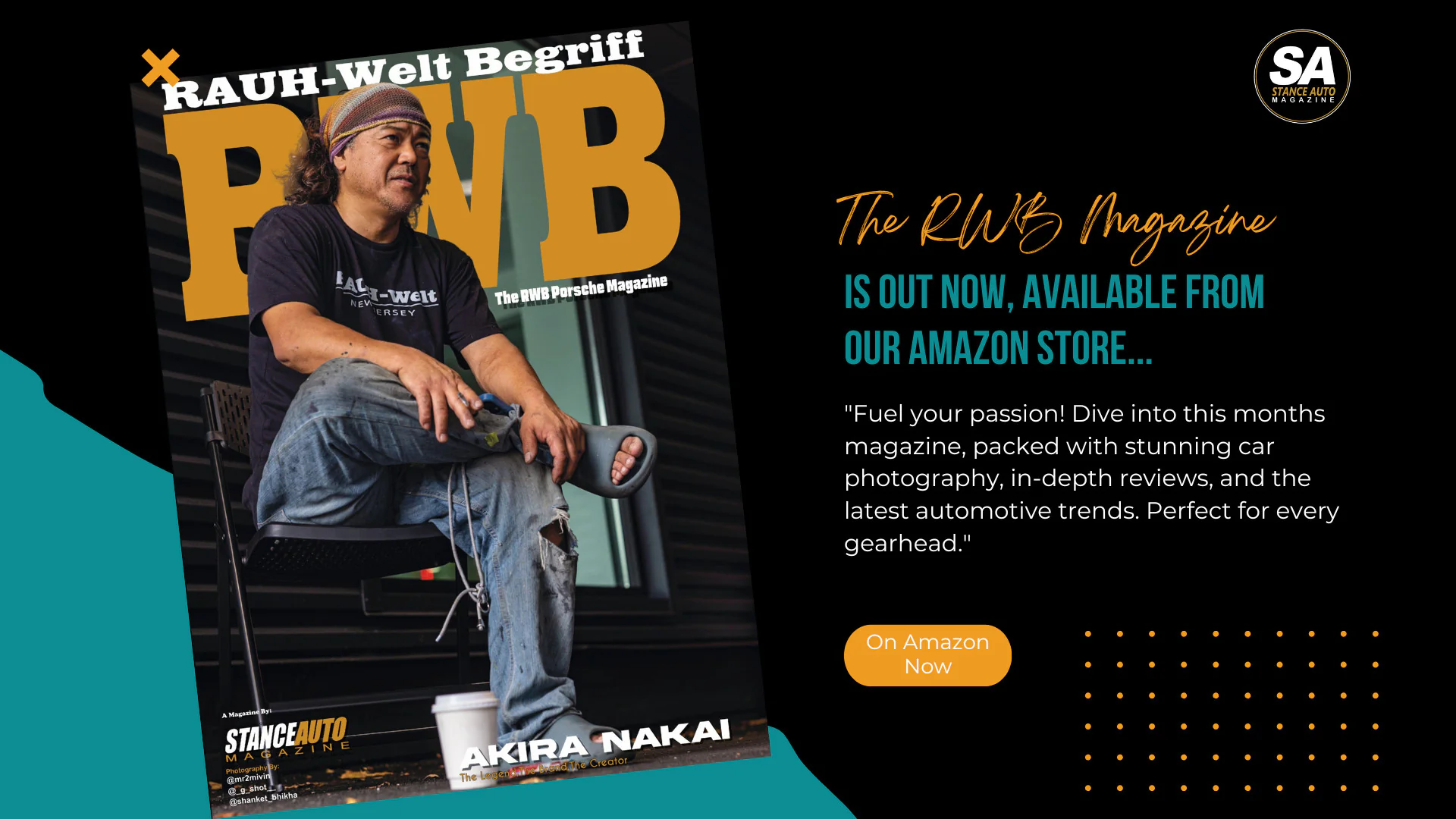



















































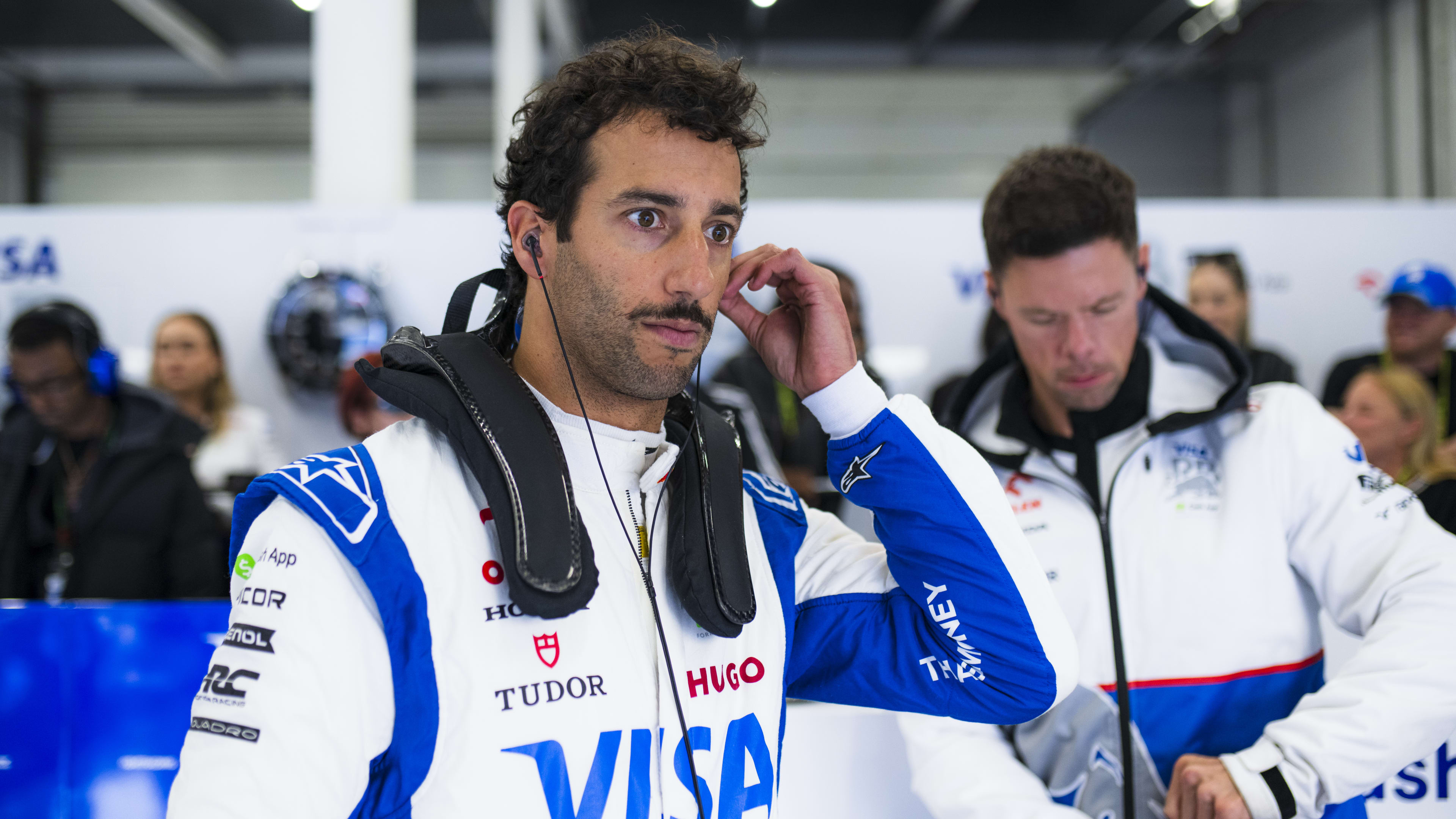


.png)












![[HOONIGAN] Ken Block's GYMKHANA NINE](https://img.youtube.com/vi/_bkX5VkZg8U/maxresdefault.jpg)









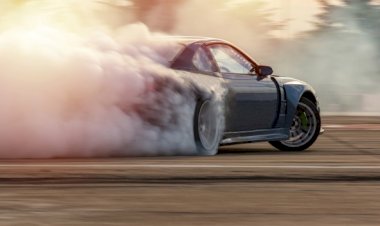













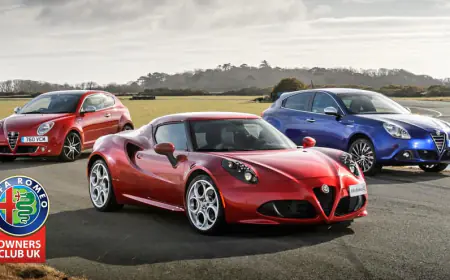










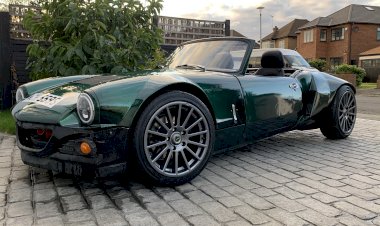












































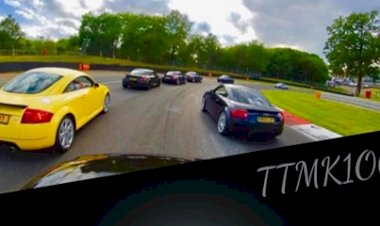


![[HOONIGAN] KEN BLOCK'S GYMKHANA SEVEN: WILD IN THE STREETS OF LOS ANGELES](https://cdn.motor1.com/images/mgl/2KlO4/s1/ken-block-london-tour-directors-cut.jpg)



















































